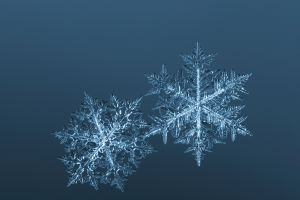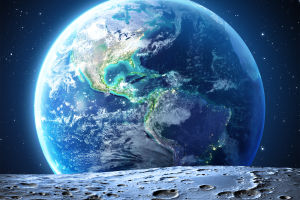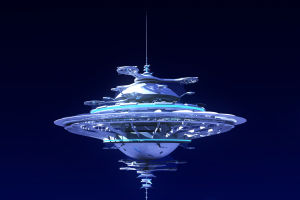Hey Lykkers! Jupiter, the fifth planet from the Sun, is the largest in our solar system, a gas giant that fascinates astronomers and space enthusiasts.
With its Great Red Spot and countless moons, Jupiter is a world of mystery and wonder. Let's explore the incredible features of this giant planet.
The Size and Structure of Jupiter
Jupiter is a true giant, with a diameter of about 88,846 miles (142,984 kilometers), making it over 11 times wider than Earth. In fact, Jupiter is so massive that it could fit all the other planets of the solar system inside it! Despite its size, Jupiter is not a solid planet like Earth. It is a gas giant composed mainly of hydrogen and helium, similar to the Sun.
Due to its composition, Jupiter lacks a solid surface. If you were to descend into its atmosphere, you would encounter thick layers of clouds, intense storms, and extreme pressure before reaching a dense core. Scientists believe that Jupiter's core is composed of heavier elements, possibly a mixture of rock and metal, but its exact nature remains a mystery.
The Great Red Spot: A Storm Like No Other
One of Jupiter's most famous features is the Great Red Spot, a colossal storm that has been raging for at least 400 years. This storm is so large that three Earths could fit inside it! With winds reaching speeds of up to 430 miles per hour (700 kilometers per hour), the Great Red Spot is a striking example of the turbulent weather found on this gas giant.
The red color of the spot remains a subject of scientific debate, with theories ranging from the presence of complex organic molecules to the effects of sunlight on Jupiter’s atmospheric chemicals. Over time, the storm appears to be shrinking, but it continues to fascinate researchers and sky-watchers alike.
Jupiter's Rings and Moons
While Saturn is famous for its rings, Jupiter also has a faint ring system, consisting mainly of dust particles from its moons and other debris. Jupiter’s rings are much less prominent than Saturn’s, and they were discovered only in 1979 by the Voyager spacecraft.
Jupiter is orbited by a staggering number of moons—more than 80 discovered so far! Among them are four large moons known as the Galilean moons: Io, Europa, Ganymede, and Callisto. These moons are named after Galileo Galilei, who first observed them in 1610. Each of these moons is unique:
1. Io: The most volcanically active body in the solar system, with hundreds of active volcanoes that produce enormous plumes of sulfur.
2. Europa: Covered with a thick layer of ice, Europa is believed to have a subsurface ocean, making it one of the most promising places to search for signs of extraterrestrial life.
3. Ganymede: The largest moon in the solar system, even bigger than the planet Mercury. It has its own magnetic field, a rarity among moons.
4. Callisto: The most heavily cratered object in the solar system, with a surface that dates back to the early days of our solar system's formation.
Jupiter's Magnetic Field
Jupiter has the most powerful magnetic field in the solar system, stretching up to 20,000 times stronger than Earth's. This immense magnetic field creates radiation belts around the planet that are so intense they can pose a serious risk to spacecraft and human visitors. It also produces stunning auroras at Jupiter’s poles, similar to the northern and southern lights seen on Earth, but on a much larger scale.
Exploration of Jupiter
Jupiter has been a target for exploration since the early days of space exploration. The first spacecraft to visit was Pioneer 10 in 1973, followed by Pioneer 11, Voyager 1 and 2, and the Galileo orbiter, which provided detailed images and data about Jupiter’s atmosphere, moons, and magnetic field. The Juno spacecraft, which arrived at Jupiter in 2016, continues to study the planet, providing new insights into its composition, weather patterns, and magnetic environment.
Why Jupiter Matters
Jupiter plays a crucial role in our solar system's dynamics. Its immense gravity helps protect the inner planets from frequent comet and asteroid impacts, and its complex atmospheric conditions offer a laboratory for studying planetary weather and physics. The possibility of oceans on moons like Europa presents a tantalizing hint that life might exist elsewhere in our solar system.
From its massive size and powerful storms to its mysterious moons, Jupiter is a planet full of surprises and continues to captivate scientists and stargazers alike. It is a reminder of the vastness and complexity of our solar system and a constant source of wonder and discovery. The more we learn about Jupiter, the more we appreciate the incredible diversity and beauty of the cosmos.


